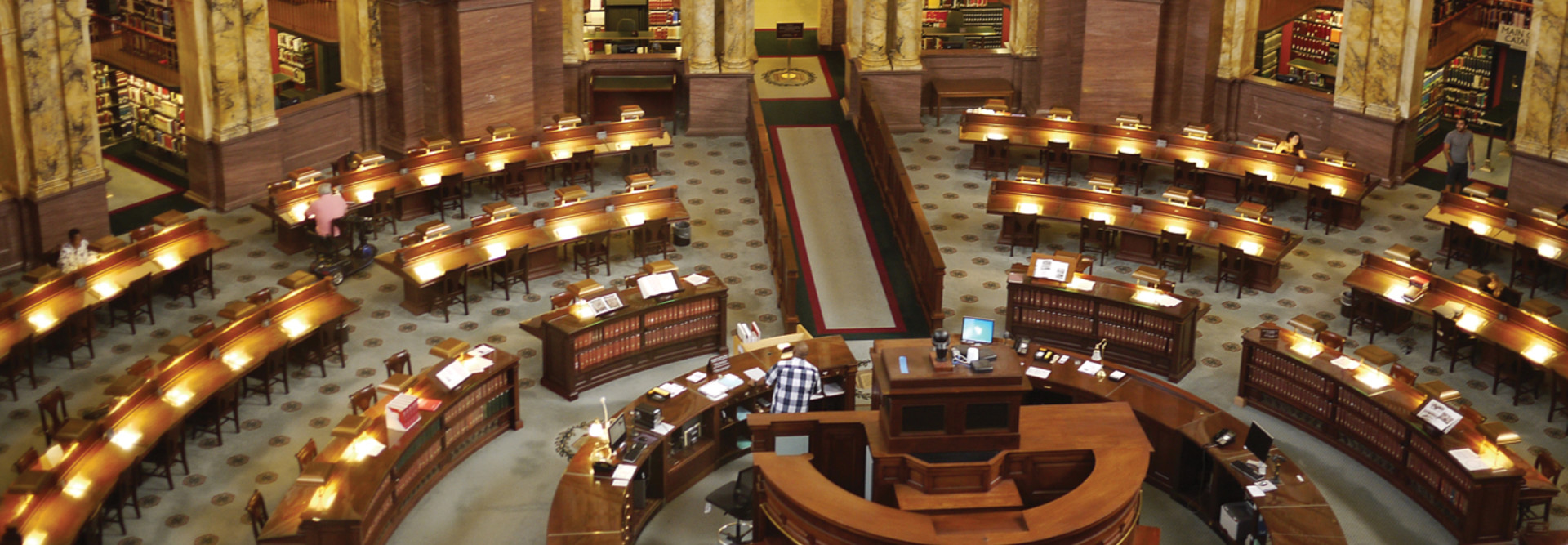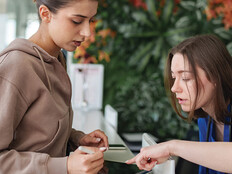Library of Congress Seeks Smartphones and Tablets to Help the Blind
The Library of Congress has a collection of 207,000 audiobooks, and wants to use commercial smartphones and tablets to let blind and visually impaired patrons get easy and intuitive access to them.
Rather than creating a purpose-built solution, the library’s National Library Service for the Blind and Physically Handicapped, or NLS, is exploring “the suitability of providing patrons with commercial hardware to access and read talking books,” according to a request for proposal issued last month.
The NLS “works to ensure that all may read by providing eligible patrons access to NLS materials regardless of age, economic circumstances, or technical expertise,” according to the service’s website.
According to the NLS, it recently decided that it would propose using “low cost mobile telephones or tablets instead of a purpose designed and built player.” However, before the library rolls out any large-scale deployment, it needs to make sure the devices work as intended.
Library Seeks Smartphones, Tablets and Cloud Infrastructure
The library spells out numerous requirements for the smartphones or tablets, including that they must be able to be intuitively used by unsophisticated patrons and that “advanced features and functionality do not hinder or confuse use of basic functions by unsophisticated users.”
The devices’ usage should be easily remembered once discovered or learned, and patrons should be able to learn or relearn device usage using the device itself.
The devices must be usable by patrons with no vision and by those with physical disabilities, perhaps with a separate connected user interface.
The RFP notes that the devices should boot into the book reading application, with all functionality and user configuration performed within the app. Basically, the device should not let users escape from the application.
Anticipating future technological changes, the library states that the system should be “relatively device agnostic to allow a rolling migration to new devices as existing ones cease manufacture.”
Crucially, the cost of the entire system (including device and customer service requirements by libraries) must be less than a purpose-built device, or its value must be greater to justify the increased cost.
The contractor is expected to adapt a commercially available consumer smartphone or tablet currently sold for use by blind and visually impaired users to browse and play audio books produced for the NLS program via a cellular or Wi-Fi connection.
Notably, the NLS says the contractor “shall provide the devices and develop, deploy and operate cloud infrastructure to support their operation.”
The NLS catalog contains more than 281,000 book records, of which more than 74,000 are braille books and braille music scores and 207,000 are “talking books.”
Currently, patrons are loaned playback equipment for free for use with talking books and magazines. “Players are available in two models (standard and advanced), provide high-quality sound, offer variable speed controls, and have built-in audio instructions,” the NLS says. “The advanced player also enables bookmarking and navigation, allowing readers to skip to different parts of a book.”









